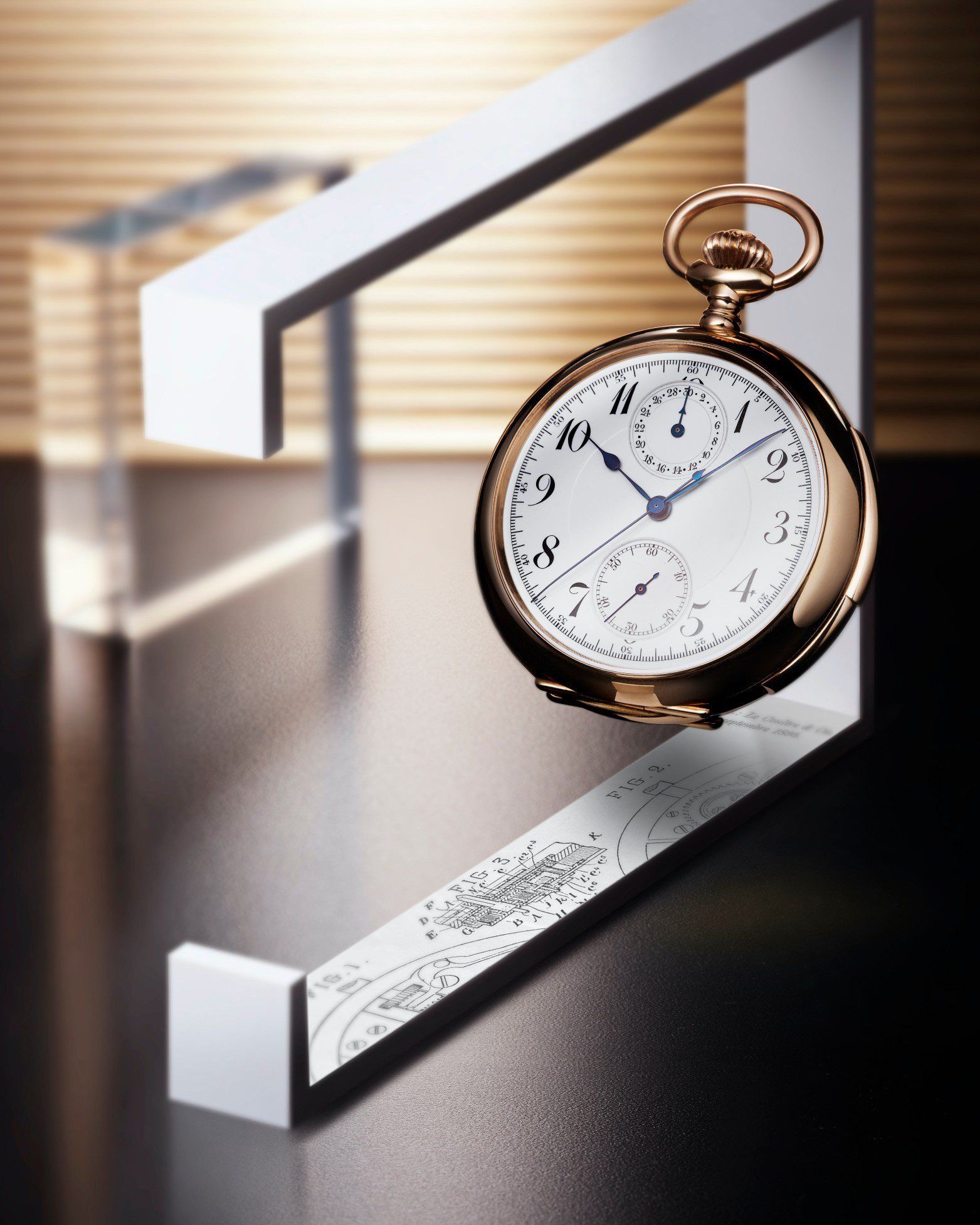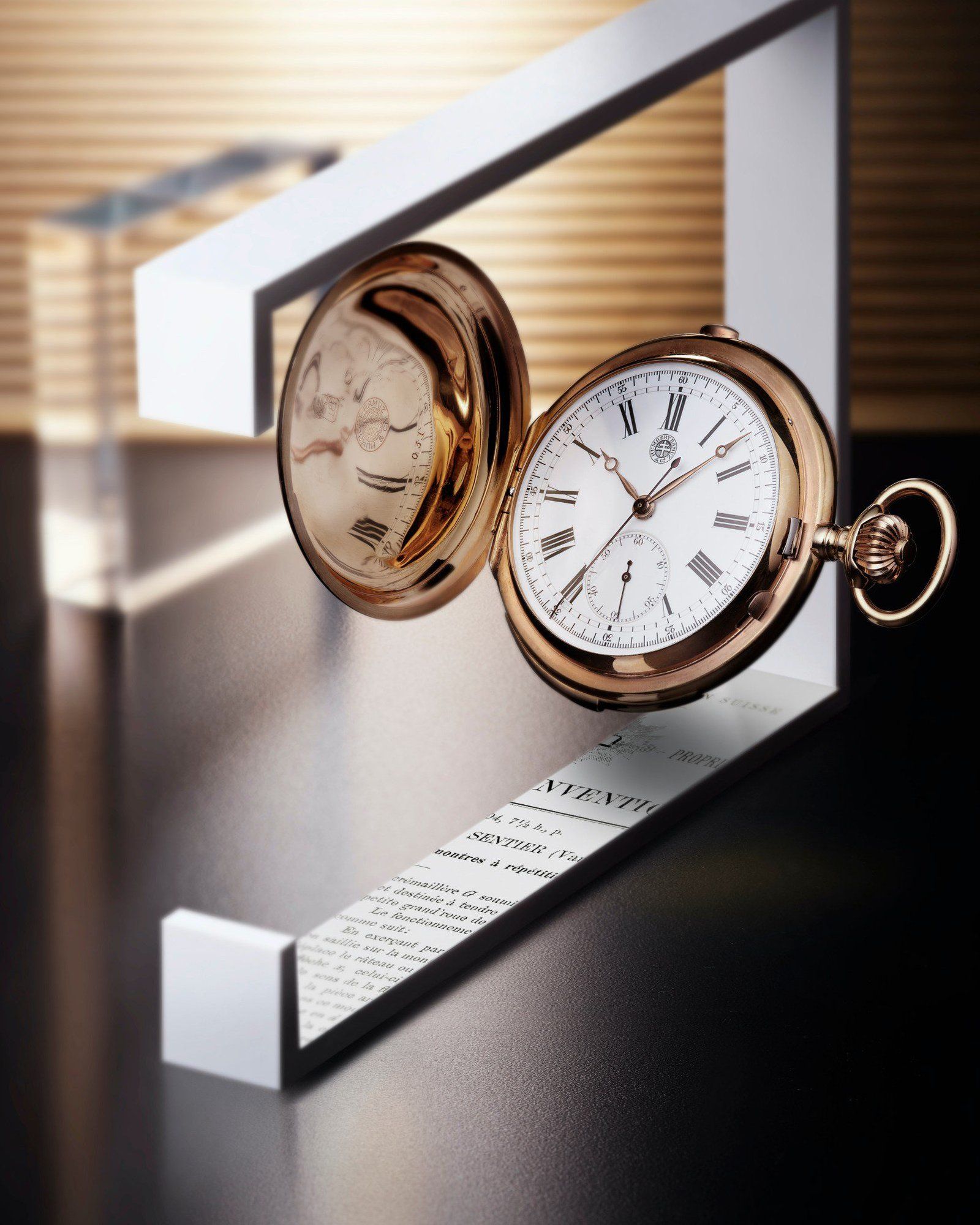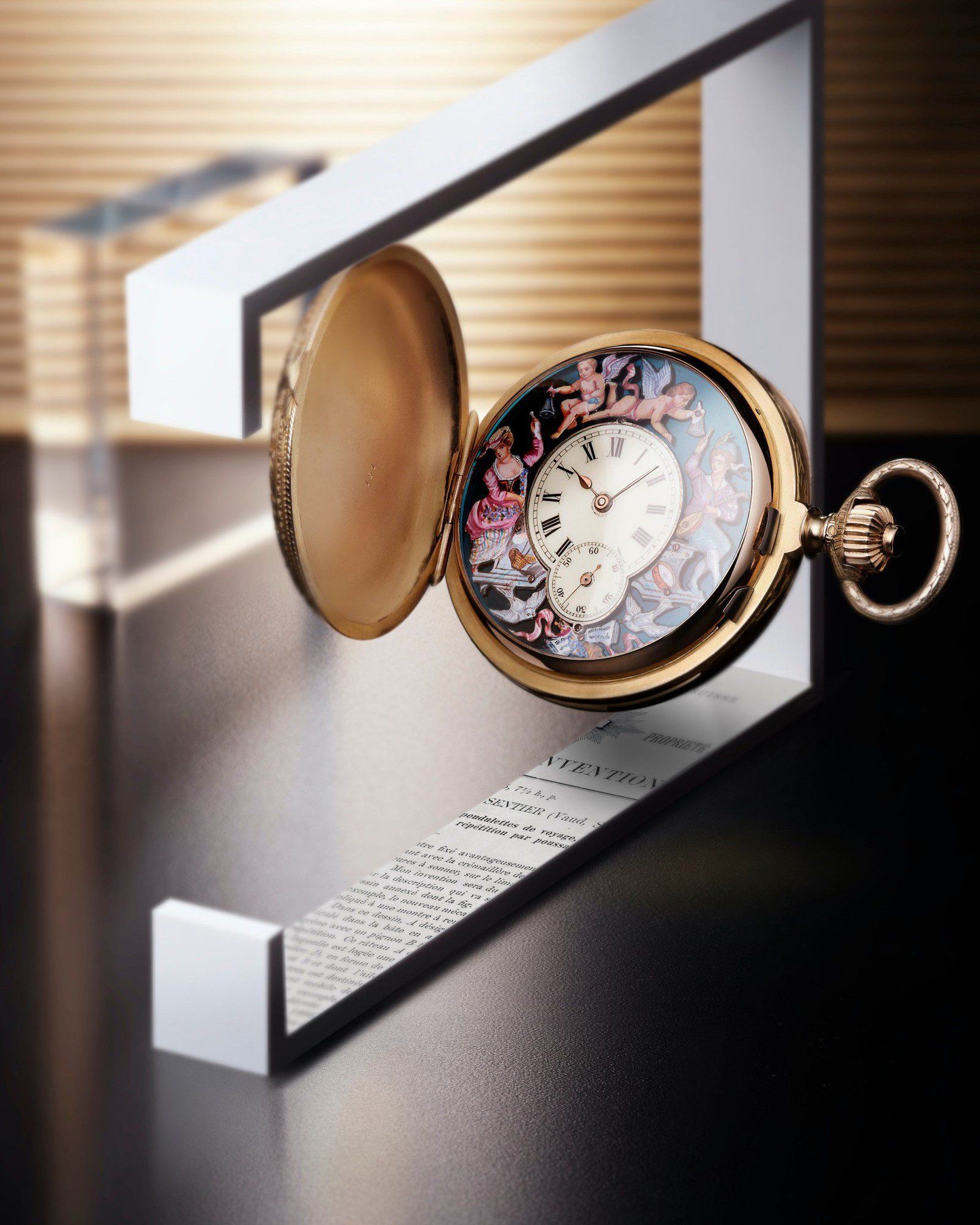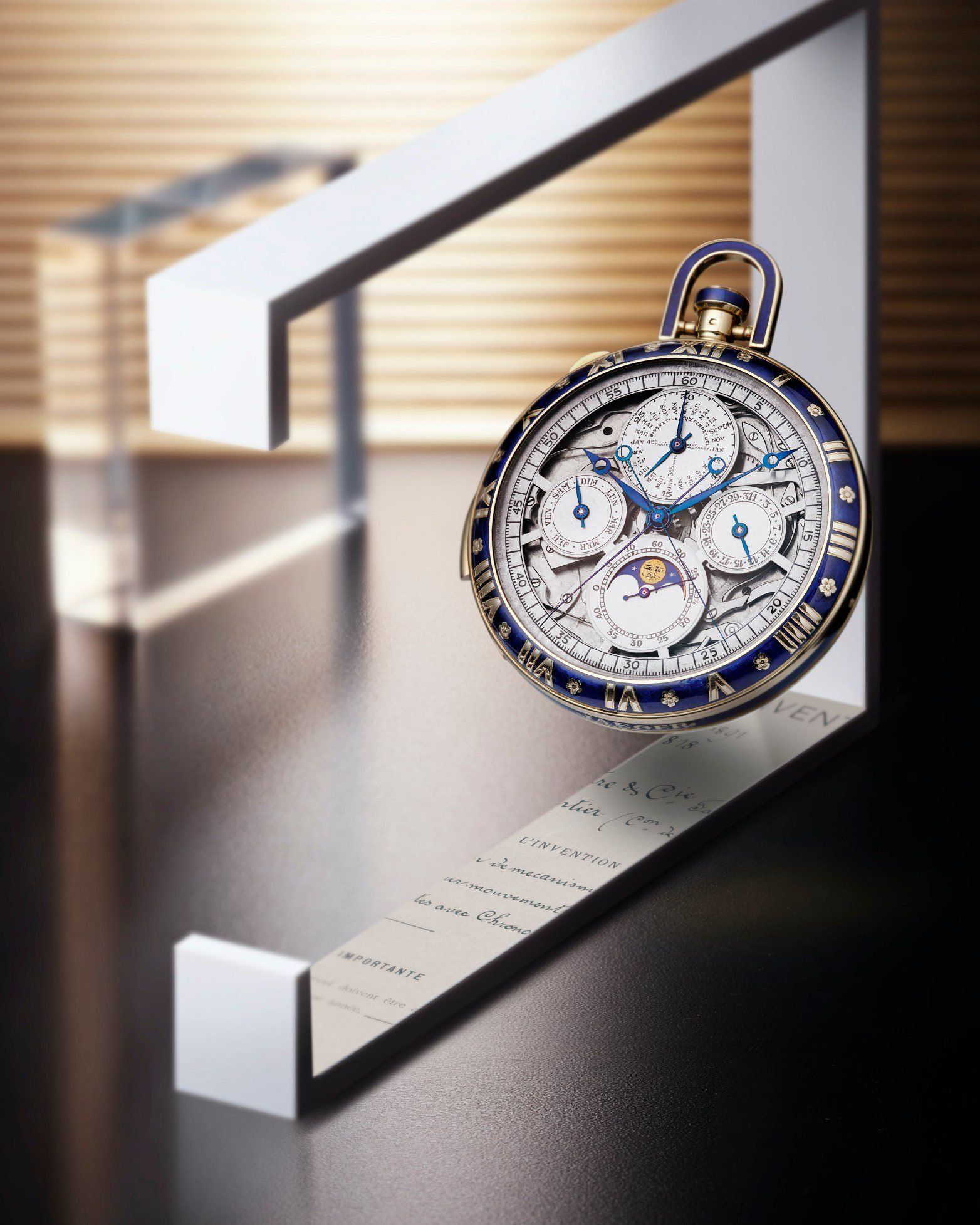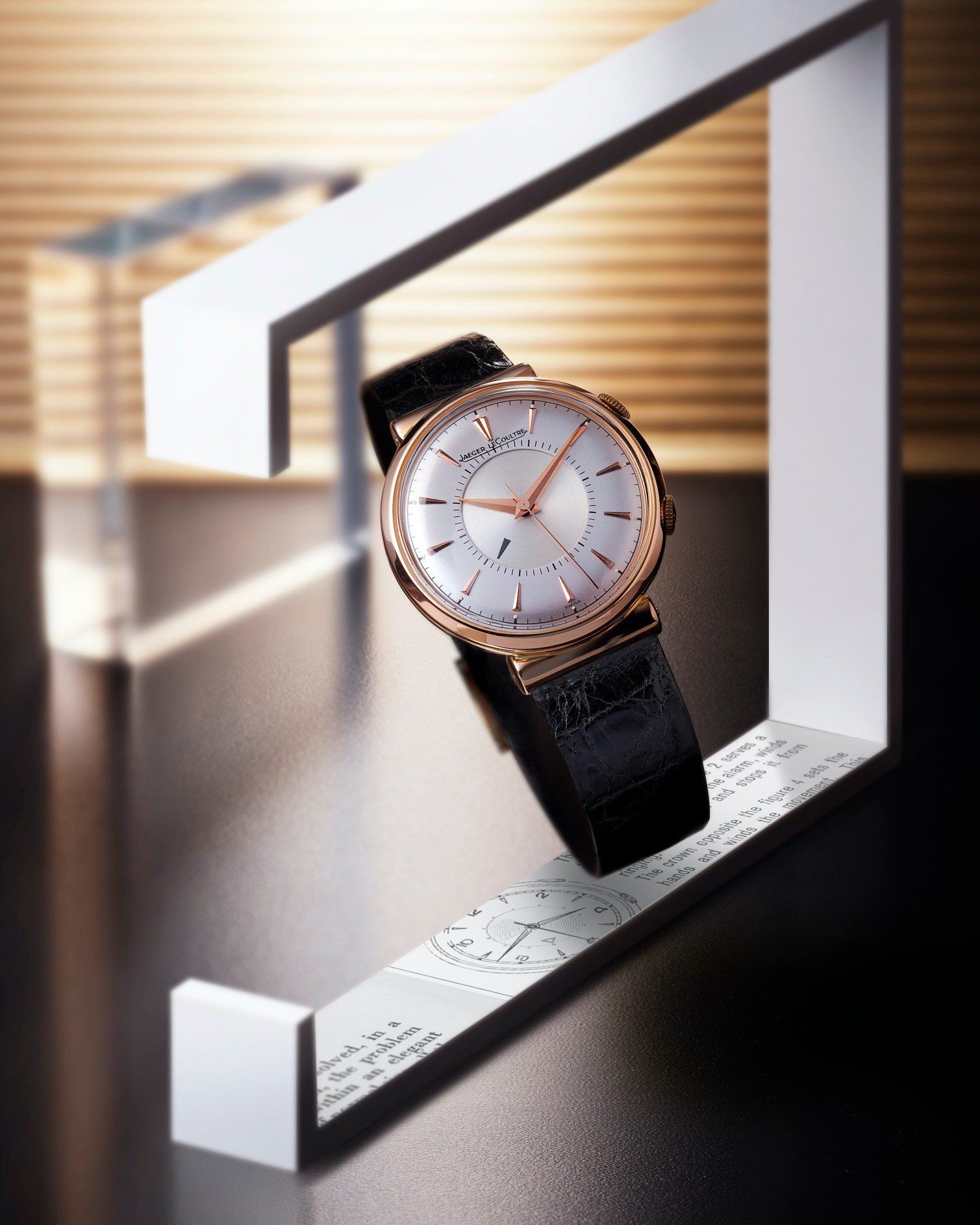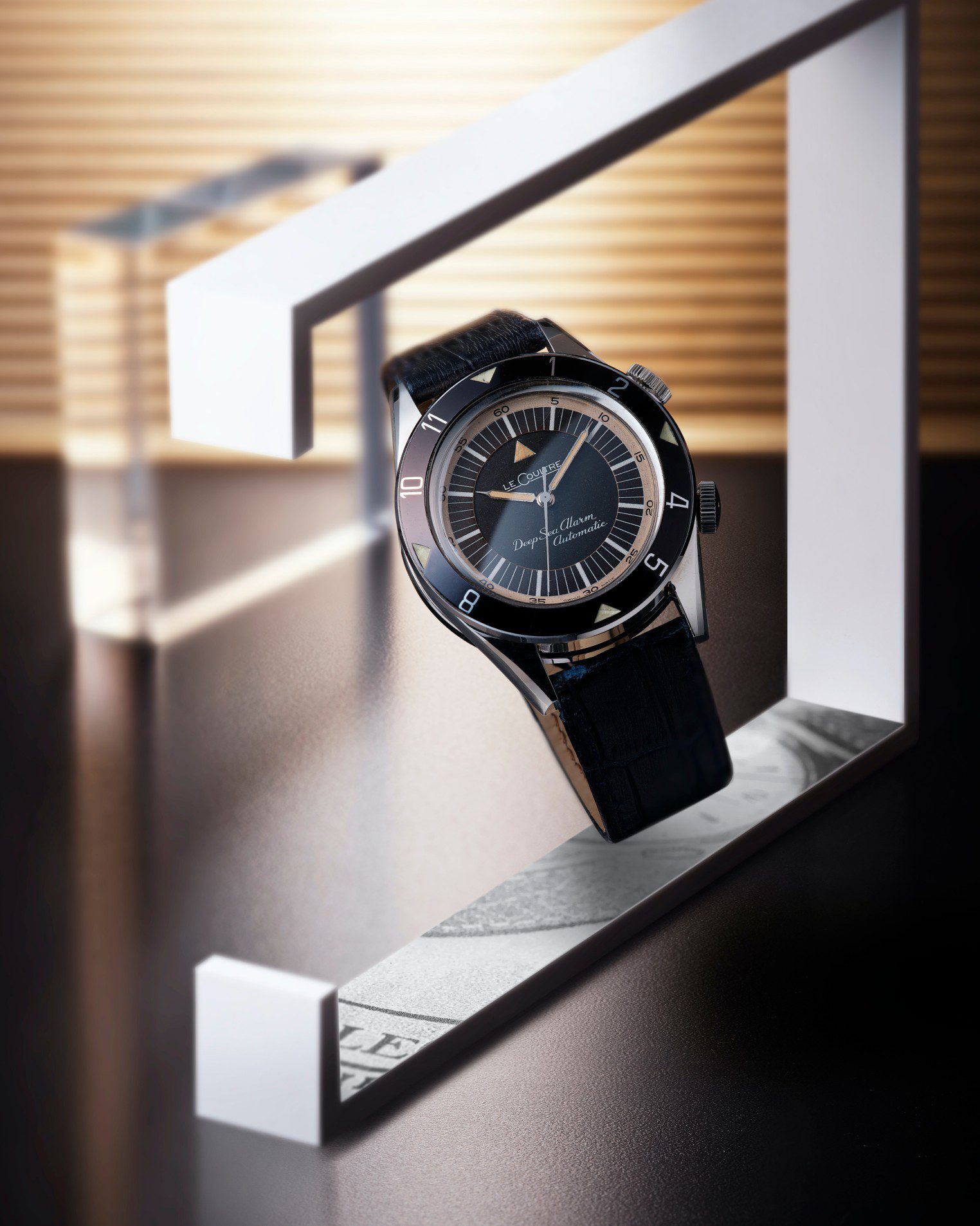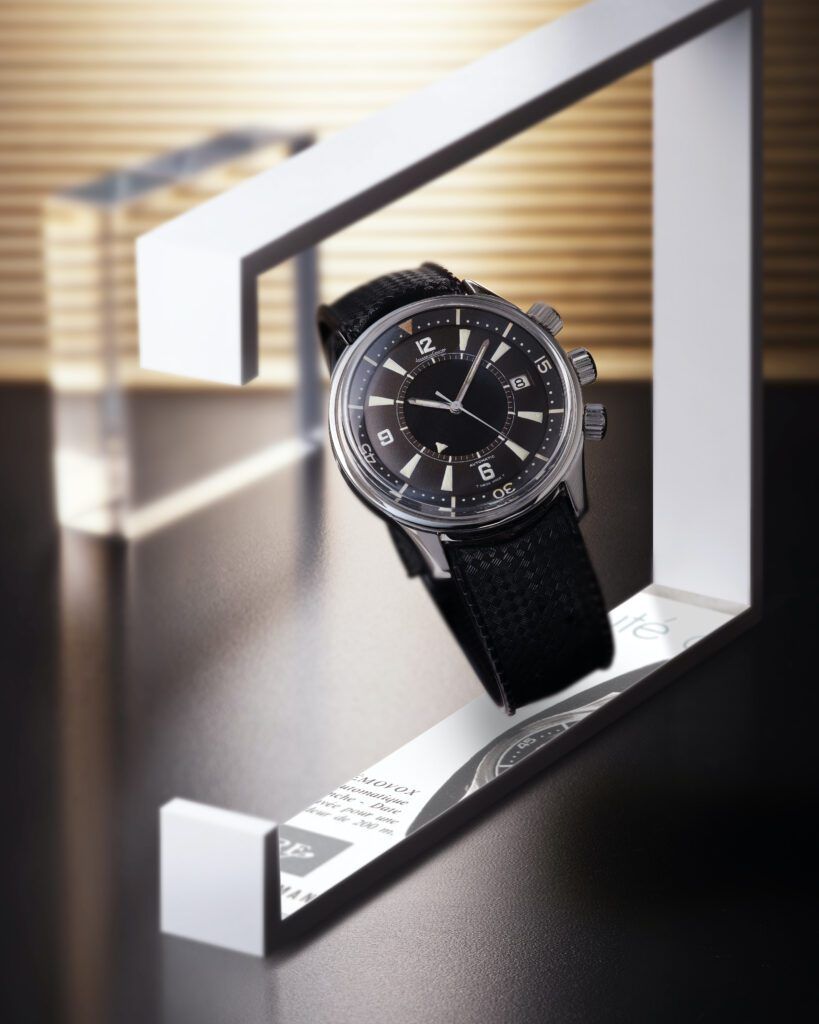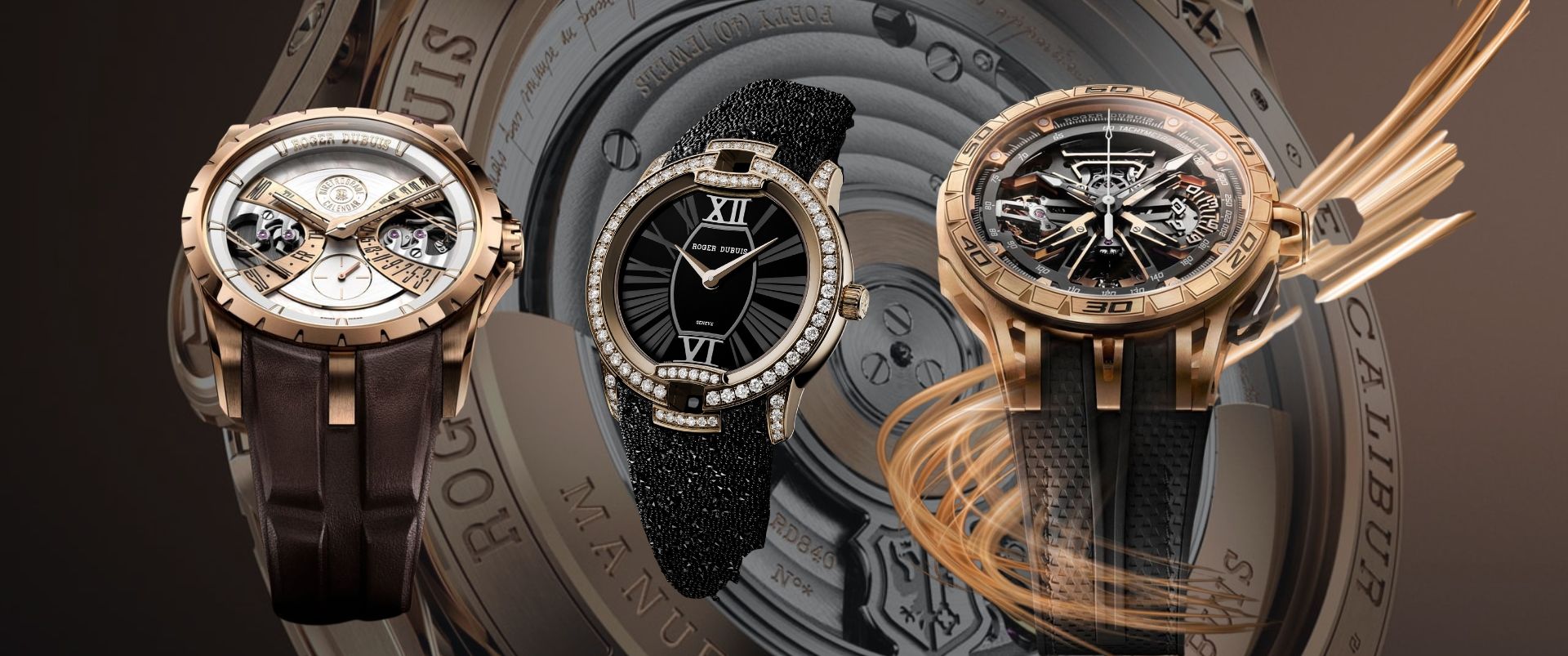Jaeger Lecoultre Watches The Sound Of Music
The French pronounce it as zhay-zhay-LeCoultre, some pronounce it as Yaeger-LeCoultre and many just try and keep it simple by calling it JLC. Well, call it what you may, but before Jaeger-LeCoultre became an iconic luxury watch manufacture, it was simply one man, namely Antoine LeCoultre and his little workshop near the famous Jura mountains.
Here’s an interesting fact though. Before this innovative and self-taught watchmaker turned to watchmaking, he and his father invented a new type of ‘keyboard’ for mechanical music boxes. Cut from a single piece of metal and shaped like a comb (peigne in French), it improved the quality of the sound, and prevented the instrument from detuning. Variations of this device became standard for almost all music boxes. Jaeger-LeCoultre’s Heritage Collection features an early example from the 1820s, fitted with a LeCoultre ‘Peigne’ mechanism and set in a finely decorated tortoise-shell box.
Soon after finally being established in 1833, the LeCoultre atelier was recognised for its complicated watch movements, incorporating calendars, chronographs and chiming mechanisms. However, for Jaeger-LeCoultre, chiming watches have always held a special significance in the Maison’s portfolio of complicated timepieces.
From their first minute repeater in 1870 Jaeger-LeCoultre then went on to mastering all forms of chiming mechanism, from relatively simple alarm calibres to the most complex of all – the grande sonnerie and Westminster chimes. Producing no less than 200 chiming watch calibres, including more than 100 minute repeaters before the 1900, the Manufacture’s constant quest to improve both timekeeping accuracy and sound quality has resulted in multiple patents and countless innovations. In fact, until the mid-20th century, Jaeger-LeCoultre supplied chiming movements to a plethora of reputed Swiss watch manufacturers.
1880 saw the introduction of the LeCoultre Calibre 19/20 RMS, a Minute Repeater with Three Hammers, rather than the standard two hammers and gongs. Thanks to the third hammer, it created a unique melody, with a distinctive three-note chime for the quarters.
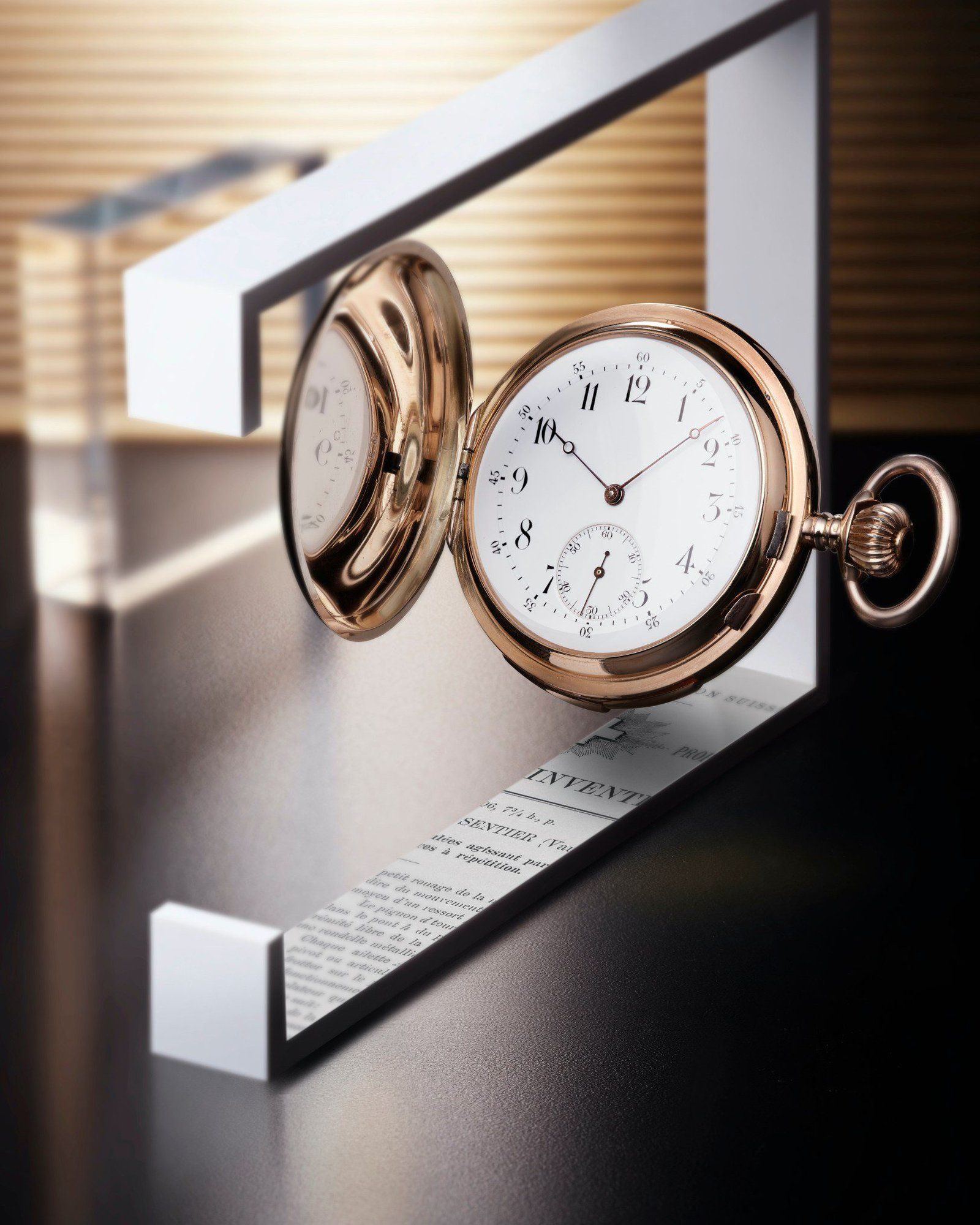
In 1895, Jaeger-LeCoultre invented and patented the silent strike-governor, also known as the silent regulator that eliminated the background buzz characteristic of traditional regulators, thus producing a clearer chime. Different versions of that invention have since become an industry standard in chiming watches. Among the examples in the Heritage Collection is a 1914 pocket watch powered by Calibre 19 IMCCV, which unites a mono-pusher chronograph and a minute repeater.
Here are a few fun facts. Did you know that “Crystal gongs”, soldered to the dial of the watch produce a louder and clearer sound. “Square” gongs on the other hand, have a flat surface hence have a more powerful strike. Then there are the “Duplex” gongs that are circular and then get further divided into two semi circles around the movement that then increases the resonance in return.
As the Maison broadened its expertise, watchmakers also incorporated automata into chiming watches. The best-loved of these were jacquemarts – human figures with articulated limbs, set on the watch dial. Animated by the watch movement to coincide with the striking of time, they provide a visual representation of the chime. The intricate dial of an early 1890s Jacquemart Pocket Watch by LeCoultre, features a pair of jacquemarts in a romantic scene, decorated with enamel and engraving.
In the early 20th century, Jaeger-LeCoultre was one of the few Manufactures to master triple-complication watch movements. For the 1910 Minute Repeater Triple Complication, LeCoultre Calibre 19/20IMCSQ brought together a minute repeater, a chronograph and a perpetual calendar in a classical hunter-style case.
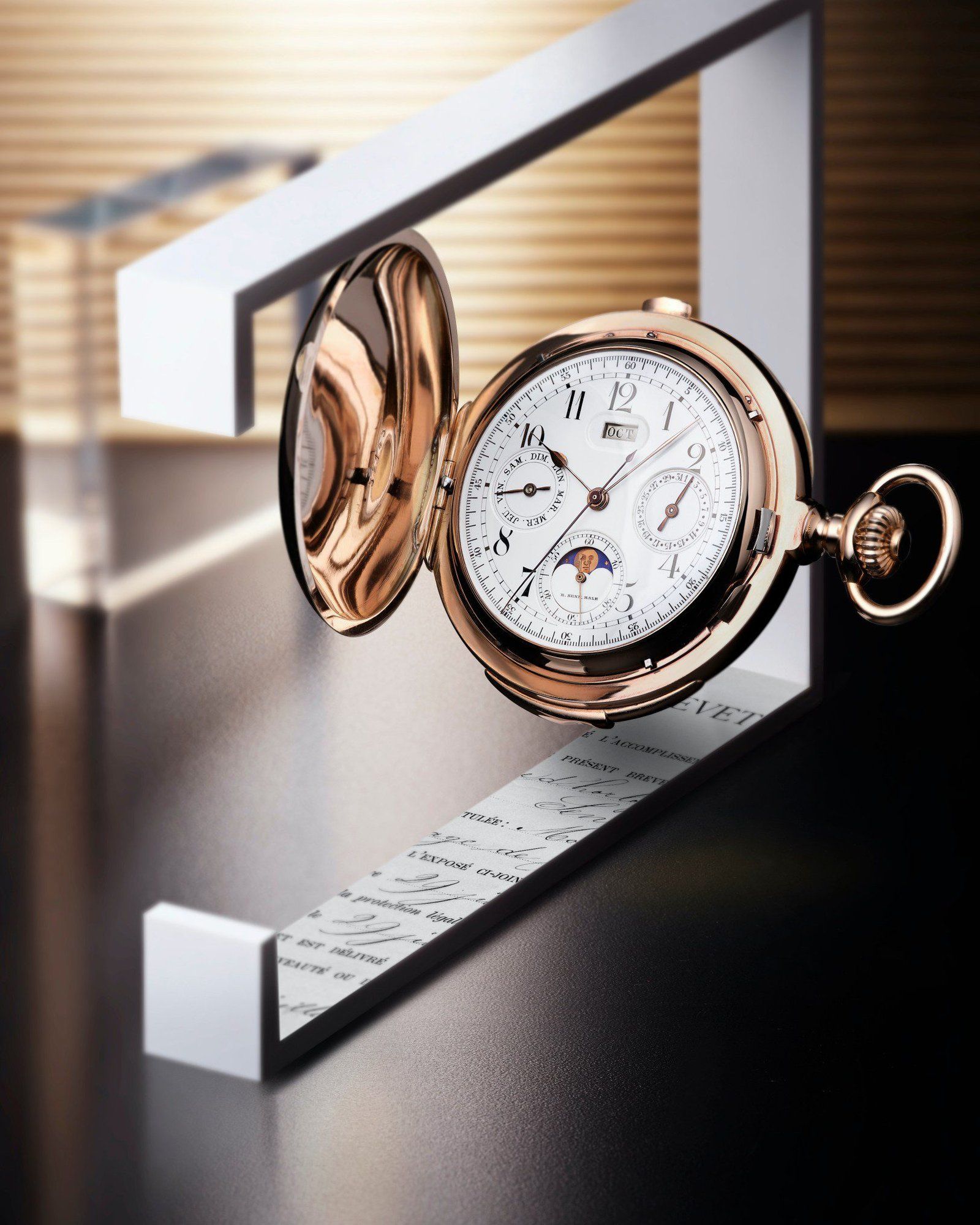
In a 1928 Lépine-style pocket watch, LeCoultre Calibre 17JSMCCRVQ combined a minute repeater with a perpetual calendar and a chronograph, providing a magnificent canvas for the crafts of skeletonisation, enamelling and engraving. Lépine refers to a style of watch movement architecture developed in the 1760s by the French watchmaker Jean-Antoine Lépine, who made calibres thinner.
MEMOVOX
Moving on from their mastery of chiming watches, somewhere around the mid 20th Century, Jaeger-LeCoultre starting developing alarm watches. Contrary to the bell-like chime of a minute repeater, in this chiming calibre, the extremely rapid strikes of the hammer create a continuous single-pitch sound. Voila, the birth of the Memovox, a name that translates to ‘voice of the memory’ in Latin.
In 1950, the Maison introduced the classically understated first Memovox watch ever: Calibre 489. It was a classic watch indeed with a triangular pointer on a mobile central disc that indicated the alarm time on the dial. Quite simple actually. The two crowns on the Calire 489 – one for winding and time-setting and the other to set the alarm – were set close to the case-sides.
A decade after launching its first automatic wristwatch movement in 1946, the Manufacture launched their first automatic alarm movement, Calibre 815. The oscillating weight was fixed at the centre of the movement, its swings limited by two bumpers, equipped with tiny shock-absorbing springs.
In 1958, the Memovox Calibre 814 saw two new variations : the Memovox International that incorporated a 24-hour world time display on the dial’s inner disc and the Memovox Parking that was designed to help motorists avoid fines for exceeding the pre-paid time on their parking meters by buzzing when the allotted time expired. Pretty cool right?
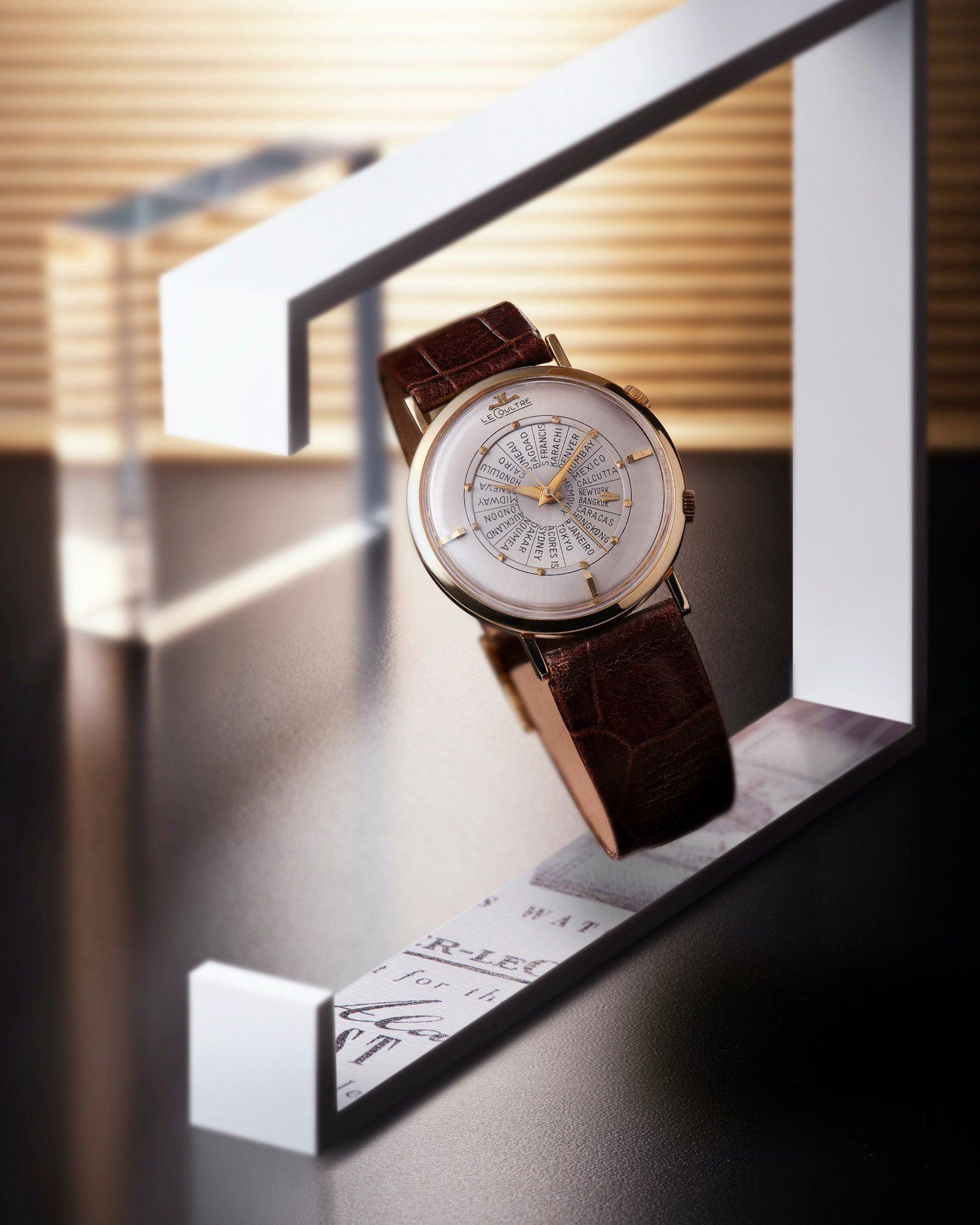
From world timers to parking alarms, in 1959 Jaeger-LeCoultre introduced the world’s first diving watch with an alarm, the Memovox Deep Sea (Cal. 815). To enhance underwater safety, the alarm sound provided an acoustic signal and the vibration of the watch a tactile reminder of the elapsed diving time.
To further enhance the diving functionality of the alarm watch, now with a date display, the Memovox Polaris (Cal. 825) made its way to the musical world of Jaeger-LeCoultre. Ensuring water resistance to 200 metres, with a rotating inner bezel that provided a visual indication of elapsed dive time, and a super-compressor case with a triple-layered caseback, the alarm sound on this watch was further amplified when submerged.
In 1970 the Memovox Speedbeat introduced Calibre 916, the first of a new generation of higher-frequency automatic movements by Jaeger-LeCoultre. Increasing the balance-wheel frequency to 28,800 vph made the movement more stable and thus more accurate. A new automatic winding system introduced an oscillating weight that turned 360 degrees around its axis to wind the mainspring.
Fitted with Calibre 918, the Master Réveil was introduced in 1994. In this new alarm mechanism, the hammer struck a gong rather than striking directly on the case, as it had done previously. The result was the distinctive ‘school bell’ sound that has remained the signature of Memovox to this day. The Master Réveil was also the first Memovox to undergo the demanding 1,000 Hours Test, which is recognised as one of the most stringent in-house quality control protocols in the watchmaking industry.
My personal favourite sound of Jaeger-LeCoultre has got to be that sweet sweet sound of the longest melody ever achieved in a watch, the Master Grande Tradition Gyrotourbillon Westminster Perpetual that the manufacture introduced in 2019. A bi-axil Gyrotourbillon with a constant-force mechanism, the Westminster minute repeater that replicates the sound of the Big Ben and a perpetual calendar, now that’s some exquisite watchmaking right there, haute horlogerie as the French call it.. Silence is golden they say and under most circumstances I would agree, but when you are presented with art of this calibre, I’d choose the sound of music!
The Manufacture’s constant evolution of its chiming watch repertoire epitomises the deep respect for tradition and constant quest for innovation that have driven La Grande Maison throughout its 187-year history. Jaeger-LeCoultre watches are a culmination of exquisite craftsmanship, innovation and tradition. From making horological history by producing the first ever instrument to measure the micron to introducing the worlds thinnest movement ( calibre 101), some may wonder why this historic manufacture from Le Sentier is not a part of the conventional “holy trinity”
No articles found


